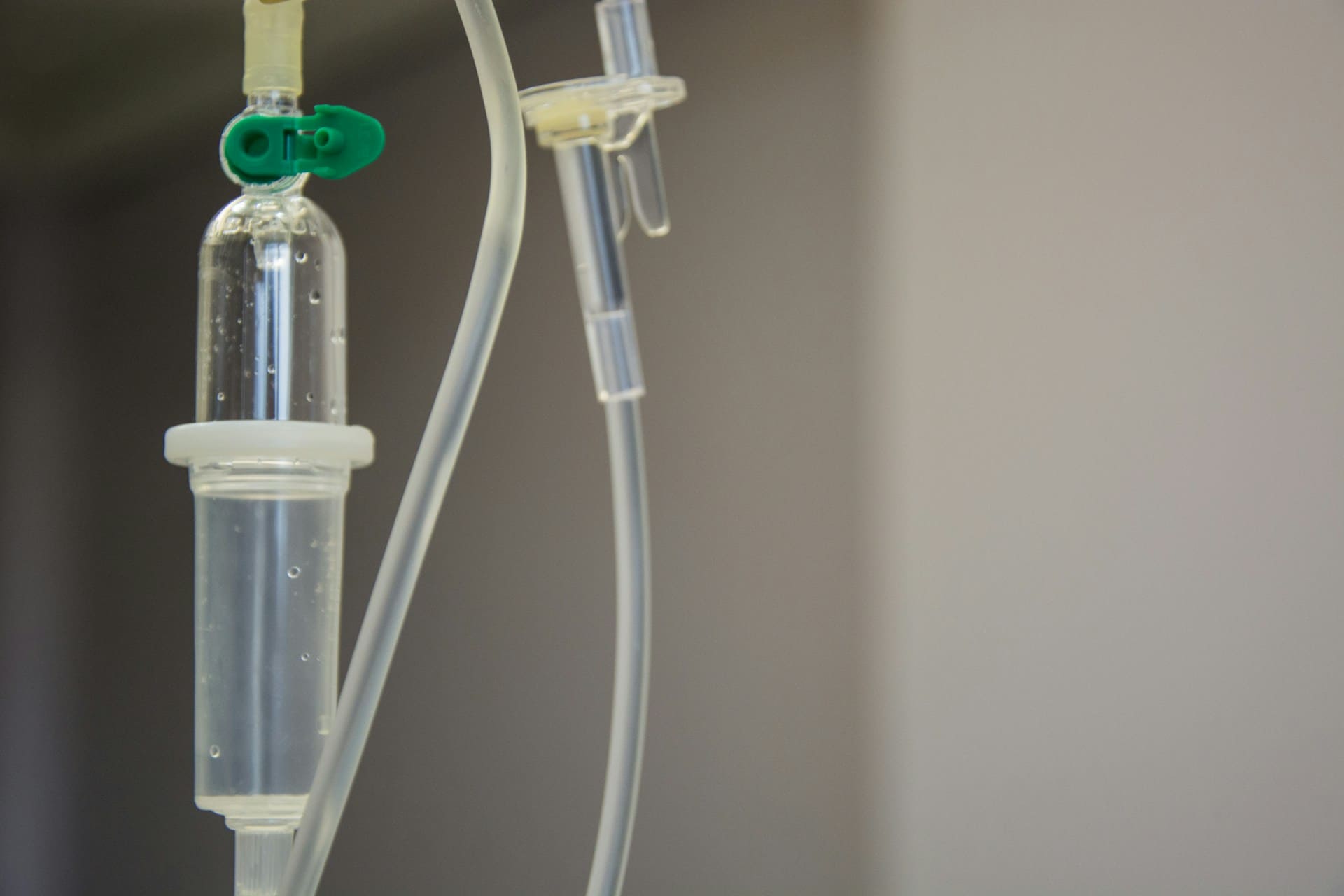Collaboration between doctors paralegal services providers and lawyers is crucial for ensuring the accuracy of medical chronology in legal cases. Medical chronology provides a comprehensive timeline of a patient’s medical history, serving as a valuable tool in legal proceedings, especially in cases like personal injury, medical malpractice, or workers’ compensation. This collaboration between medical and legal professionals is essential for accurately representing the medical facts, understanding the nuances of the cases, and ultimately achieving justice for the parties involved.
Importance of Medical Chronology in Legal Cases
Medical chronology serves as an invaluable tool in legal cases, condensing intricate medical histories into organized timelines that provide a comprehensive overview of diagnoses, treatments, and outcomes. These chronologies act as a roadmap for lawyers, enabling a thorough understanding of the medical intricacies related to a case. In court, they play a pivotal role in presenting complex medical information coherently. The accuracy and quality of medical chronology are paramount in building a compelling case, whether advocating for the plaintiff or the defense. Well-constructed chronologies streamline the legal process, enhance communication among legal professionals, and contribute significantly to the overall strength and persuasiveness of a case.
3 Law Practice Areas Where Medical Chronologies Demand Utmost Precision
In which specific area of law practice do Medical Chronologies demand the highest level of attention to detail and accuracy? Here is what 3 thought leaders have to say.
Precision in Personal Injury Cases
I’ve found that Medical Chronologies/Summaries require the utmost attention to detail and accuracy in personal injury law practice. In cases involving complex injuries, such as traumatic brain injury, spinal cord injury, or medical malpractice, Medical Chronologies/Summaries play a critical role in presenting a clear and comprehensive overview of the medical history and treatment received by the injured party.
Ensuring the accuracy and precision of these summaries is paramount, as they serve as foundational evidence in establishing the causal link between the accident or negligence and the resulting injuries. By meticulously analyzing medical records, diagnostic tests, treatment plans, and physician notes, injury lawyers and paralegals can uncover crucial details that strengthen the client’s case.
Moreover, accurately documenting the sequence of events and medical interventions aids in crafting persuasive legal arguments and effectively advocating for the client’s rights. At Garnett Patterson Injury Lawyers, we recognize the significance of Medical Chronologies/Summaries in personal injury cases and devote meticulous attention to detail to ensure their accuracy, reliability, and effectiveness in supporting our clients’ claims.
Hunter Garnett, Personal Injury Lawyer and Managing Partner, Decatur Personal Injury Lawyers
Detailed Chronologies Aid Workers’ Comp Litigation
I am an attorney with substantial experience in workers’ compensation litigation. I have represented employees, employers, and insurers in workers’ compensation cases since 2016. I currently run a solo practice, primarily representing employers in workers’ compensation litigation.
Medical causation is very often a disputed issue in workers’ compensation cases. There is usually a medical expert retained by the insurer opining that the medical condition did not arise out of employment, or that it has resolved.
Conversely, there is usually a treating physician or expert retained by the employee opining that the medical condition did arise out of employment, or did not resolve. The judge will often adopt the opinion of the doctor who had a better understanding of the facts, usually including medical history, imaging, symptoms, and mechanism of injury.
The more detailed and accurate the medical chronology is, the more likely it is that: 1) the medical expert will have a good understanding of the facts, and 2) the attorneys will be in a better position to communicate to the judge why their expert had a better understanding of the facts.
Luke Smith, Attorney and Founder, LawSmith PLLC
Product Liability Requires Meticulous Medical Details
In my legal journey, I’ve uncovered a lesser-known truth about medical chronologies: They demand the highest level of attention to detail and accuracy in cases involving product liability. This might come as a surprise, but in product liability litigation, understanding the intricate medical details is crucial.
Whether it’s a defective medical device or a harmful pharmaceutical product, every aspect of the plaintiff’s medical history must be meticulously documented and analyzed. From identifying the onset of symptoms to tracing the progression of injuries, the accuracy of medical chronologies can make or break the case.
This unique insight underscores the importance of precision in crafting medical chronologies, ensuring that every piece of evidence is thoroughly examined and presented to support our client’s claims.
Jonathan Rosenfeld, Owner and Attorney, Rosenfeld Injury Lawyers
Necessity for Collaboration Between Doctors and Lawyers
- Medical Expertise Meets Legal Insight: Collaborating with doctors allows paralegal services providers and lawyers to tap into their medical chronology expertise. Doctors can help interpret intricate medical records, decipher medical terminology, and provide insights into the implications of specific treatments or diagnoses. This collaboration ensures that legal professionals have a thorough understanding of the medical context, facilitating more informed decision-making.
- Enhanced Accuracy and Detail: Doctors bring a level of precision and attention to detail that is invaluable in creating accurate medical chronology. They can identify critical medical events, flag potential discrepancies in records, and ensure that the chronology aligns with medical standards. This collaboration enhances the overall accuracy of the timeline, reducing the likelihood of errors that could impact the legal case.
- Interpretation of Medical Records: Doctors are adept at interpreting complex medical records, ensuring that lawyers gain a nuanced understanding of the patient’s history. Collaboration allows for in-depth discussions on medical terminology, test results, and the implications of various treatments, enabling paralegal services providers and lawyers to present a comprehensive case.
- Identifying Causation and Impact: Collaboration aids in identifying the causation of injuries or medical conditions. Doctors can provide insights into whether workplace incidents, medical procedures, or external factors contributed to the injuries. Understanding causation is crucial for building a strong legal case and establishing liability.
- Clarification of Medical Standards: Doctors can clarify medical standards and protocols relevant to the case. This is particularly important when assessing whether medical professionals adhered to established standards of care. Paralegal services providers and lawyers can leverage doctors’ expertise to ascertain if deviations from these standards occurred, forming a critical component of the legal strategy.
- Assessment of Long-Term Medical Implications: Collaboration allows for a thorough assessment of long-term medical implications. Doctors can provide insights into the anticipated medical trajectory, potential complications, and the expected impact on the individual’s life. This comprehensive understanding is essential for calculating damages and presenting a realistic portrayal of the case.
- Navigating Complex Medical Evidence: In cases involving intricate medical evidence, collaboration is essential for navigating complexities. Doctors can simplify technical details, explain medical concepts to legal professionals, and assist in presenting the evidence in a manner that is accessible and compelling to judges and juries.

Building Effective Communication Channels
- Establishing Clear Lines of Communication: Effective collaboration requires clear communication channels between doctors and lawyers. Regular meetings, case discussions, and the exchange of relevant information create a cohesive working environment. Paralegal services providers and lawyers should provide specific legal contexts, while doctors can offer medical insights, fostering a synergy that benefits the accuracy of the medical chronology.
- Interdisciplinary Meetings and Case Reviews: Periodic interdisciplinary meetings where doctors paralegal services providers and lawyers discuss cases are essential. These forums facilitate open communication, allowing both parties to ask questions, seek clarifications, and address any concerns. Regular case reviews ensure that medical chronology aligns with legal requirements and medical standards.
- Regular Case Conferences: Establishing regular case conferences between doctors and lawyers fosters ongoing communication. These conferences provide a dedicated platform for discussing case developments, addressing queries, and strategizing collaboratively. It ensures that all stakeholders remain informed and aligned throughout the legal proceedings.
- Real-time Updates on Medical Findings: Implementing real-time updates on medical findings ensures that paralegal services providers and lawyers are promptly informed about any significant developments. This proactive approach allows legal professionals to adapt their strategies based on the latest medical information, contributing to agility in responding to evolving aspects of the case.
- Dedicated Communication Liaisons: Appointing dedicated communication liaisons facilitates smoother interactions. Having designated individuals responsible for relaying information between medical and legal teams ensures that messages are conveyed accurately and promptly. This streamlined communication structure minimizes the risk of misunderstandings and promotes a more efficient collaboration.
Leveraging Technology for Seamless Collaboration
Medical chronology is an indispensable tool in the legal arena, adeptly distilling complex medical histories into meticulously organized timelines. These chronologies offer a nuanced and thorough overview, encapsulating key details such as diagnoses, treatments, and outcomes. They serve as a comprehensive roadmap for legal professionals, providing an intricate understanding of the medical nuances critical to a case. In courtroom settings, these chronologies become instrumental in presenting intricate medical information with clarity, aiding judges and juries in comprehending the case’s medical complexities.
The construction of accurate and precise chronologies not only streamlines legal processes but also fosters seamless collaboration among legal teams, expert witnesses, and various stakeholders. Whether advocating for the plaintiff or the defense, a meticulously crafted medical chronology significantly strengthens the case, offering a strategic advantage in presenting a compelling, well-supported narrative with enhanced persuasiveness and clarity.
Overcoming Challenges in Collaboration
- Educational Initiatives: Conducting educational sessions where doctors gain insights into legal processes and paralegal services providers and lawyers understand medical nuances helps bridge the knowledge gap. Workshops, seminars, or joint training sessions can enhance collaboration by fostering mutual understanding.
- Establishing Protocols for Collaboration: Developing standardized protocols for collaboration ensures that both doctors and lawyers follow a structured approach. Clearly defined roles, responsibilities, and expectations help avoid misunderstandings and streamline the collaborative process.
- Cross-Training Initiatives: Implementing cross-training initiatives helps doctors, paralegal services providers, and lawyers understand each other’s roles better. Cross-training programs can expose medical professionals to legal processes and vice versa. This mutual understanding promotes empathy, reduces misconceptions, and enhances collaboration by fostering a holistic appreciation of each discipline’s challenges and responsibilities.
- Case Simulation Workshops: Organizing case simulation workshops allows doctors and lawyers to practice collaboration in a controlled environment. Simulating real-case scenarios helps identify potential challenges and develop effective communication strategies. These workshops create a space for experimentation, learning, and refining collaborative approaches without the pressure of an actual case.
Case Study
In a recent medical malpractice case, collaboration between healthcare and legal teams was crucial in ensuring a comprehensive understanding of the patient’s situation. The medical team shared detailed records, including treatment plans, surgeries, and postoperative care, providing the legal professionals with a thorough insight into the medical complexities. Simultaneously, the legal team outlined the specific legal aspects, identifying potential areas of negligence or malpractice.
Regular collaborative meetings and the use of digital tools facilitated seamless information exchange. This interdisciplinary approach enabled the creation of a refined medical chronology that not only addressed the legal concerns of the case but also prioritized the well-being of the patient. The collaborative effort between doctors, paralegal services providers, and lawyers ensured that the medical chronology was accurate, detailed, and aligned with medical and legal perspectives. This case underscores the positive impact of effective collaboration in navigating the complexities of medical chronology malpractice cases.
The Future of Doctor-Lawyer Collaboration
Integrating collaborative practices into legal education is a strategic approach to preparing future lawyers for effective partnerships with medical professionals. By incorporating interdisciplinary collaboration into the curriculum, law students gain insights into the medical chronology aspects of cases, fostering a holistic understanding of the legal and healthcare domains. This not only enhances their ability to work seamlessly in interdisciplinary teams but also promotes a more comprehensive approach to case analysis and preparation.
Simultaneously, offering doctors insights into the legal aspects of case preparation can significantly contribute to their ability to engage meaningfully in interdisciplinary collaborations. Understanding legal nuances allows medical professionals to navigate complex legal frameworks, contributing valuable perspectives to discussions on case strategy and presentation. This mutual understanding establishes a foundation for robust collaboration, promoting a synergistic approach that optimally serves the interests of both legal and medical professionals.
Moreover, encouraging continued professional development programs for both doctors and paralegal services providers and lawyers focused on interdisciplinary collaboration is essential. These programs ensure that professionals stay abreast of evolving practices, regulatory changes, and the latest advancements in both fields. Ongoing education in collaborative practices not only enhances individual skill sets but also fosters a culture of continuous improvement, creating a dynamic environment where professionals can effectively collaborate in addressing the intricate challenges of legal-medical intersections.
Conclusion
Collaboration between doctors and lawyers is not just about creating accurate medical chronology; it is about achieving justice through a holistic understanding of cases. As the legal and medical chronology fields continue to intersect, fostering strong partnerships is essential. By recognizing the unique expertise each profession brings to the table and embracing collaborative approaches, doctors and paralegal services providers and lawyers can enhance the accuracy of medical chronology, ultimately benefiting the pursuit of justice in legal cases.
Similar blogs:
Medical Chronology in Medical Malpractice Lawsuits: Leveraging Key Findings
The Role of Medical Chronology in Legal Cases: A Comprehensive Guide







































